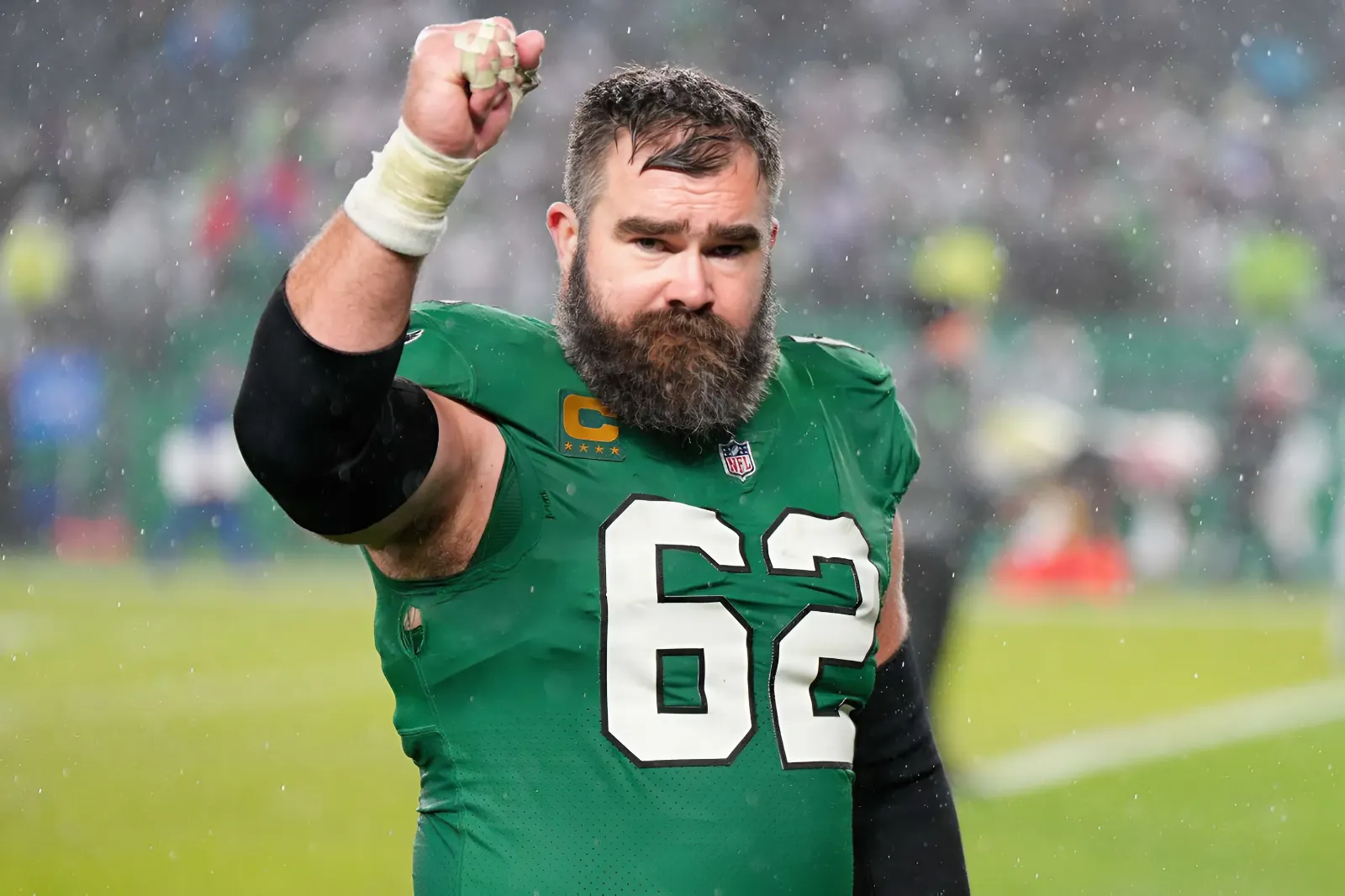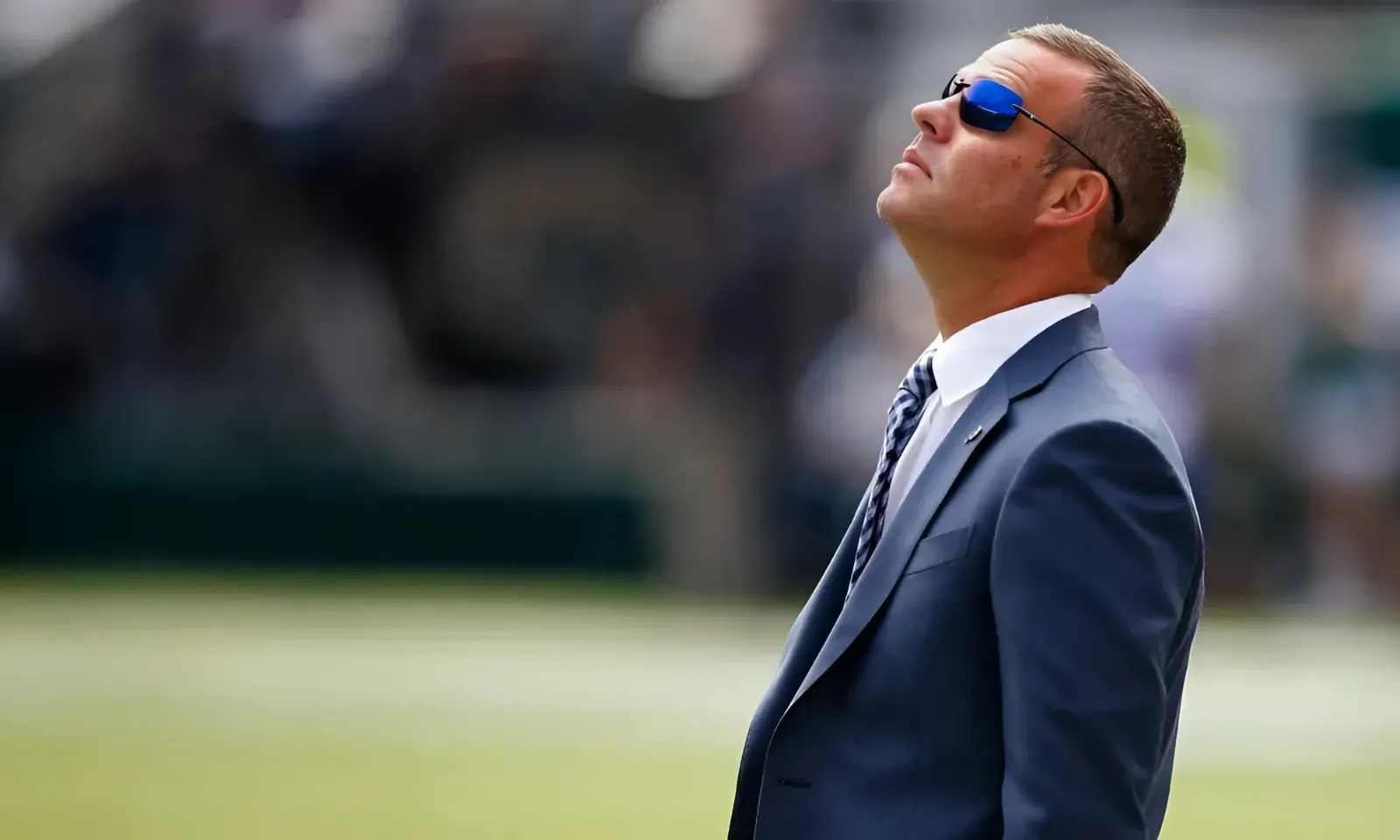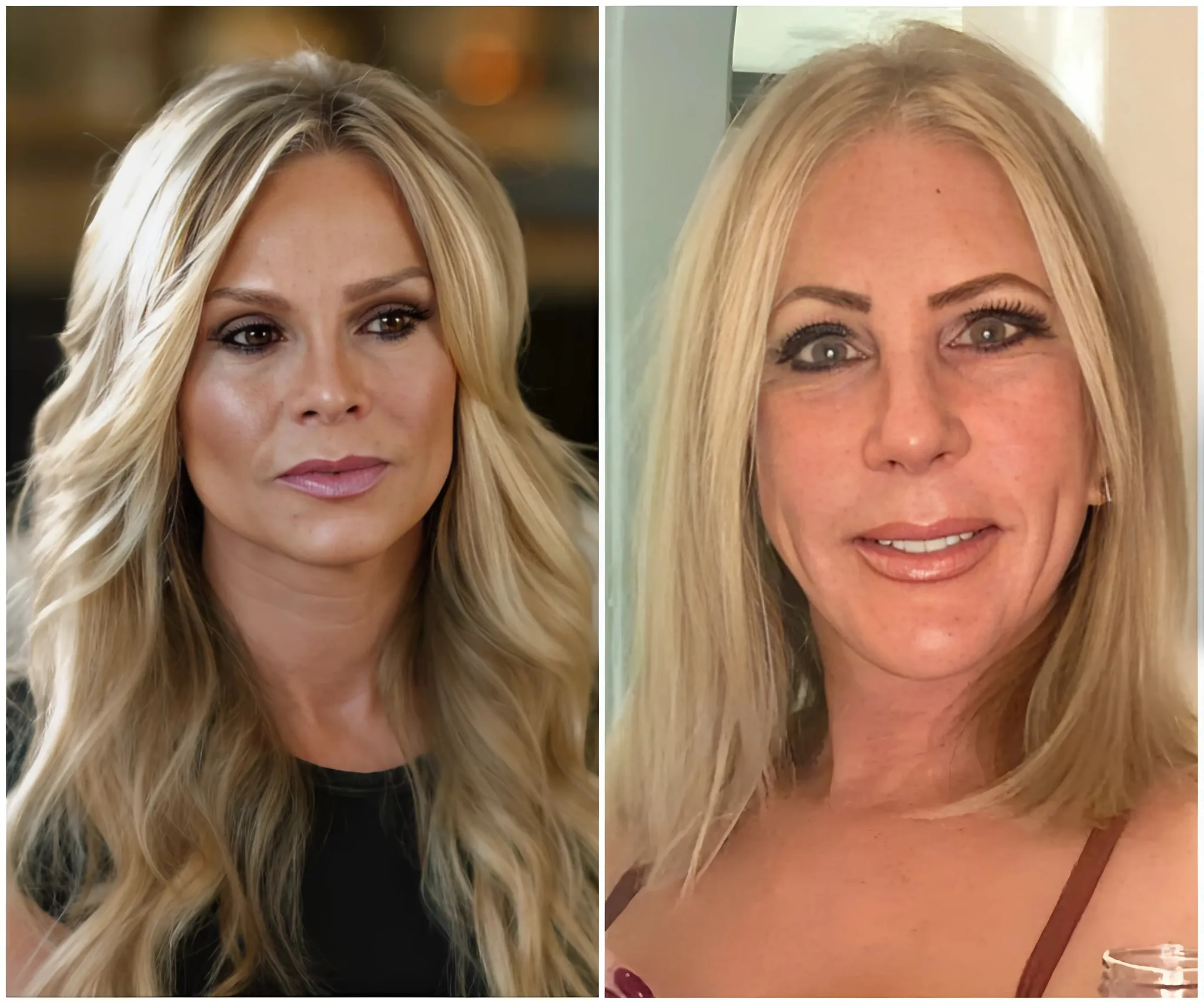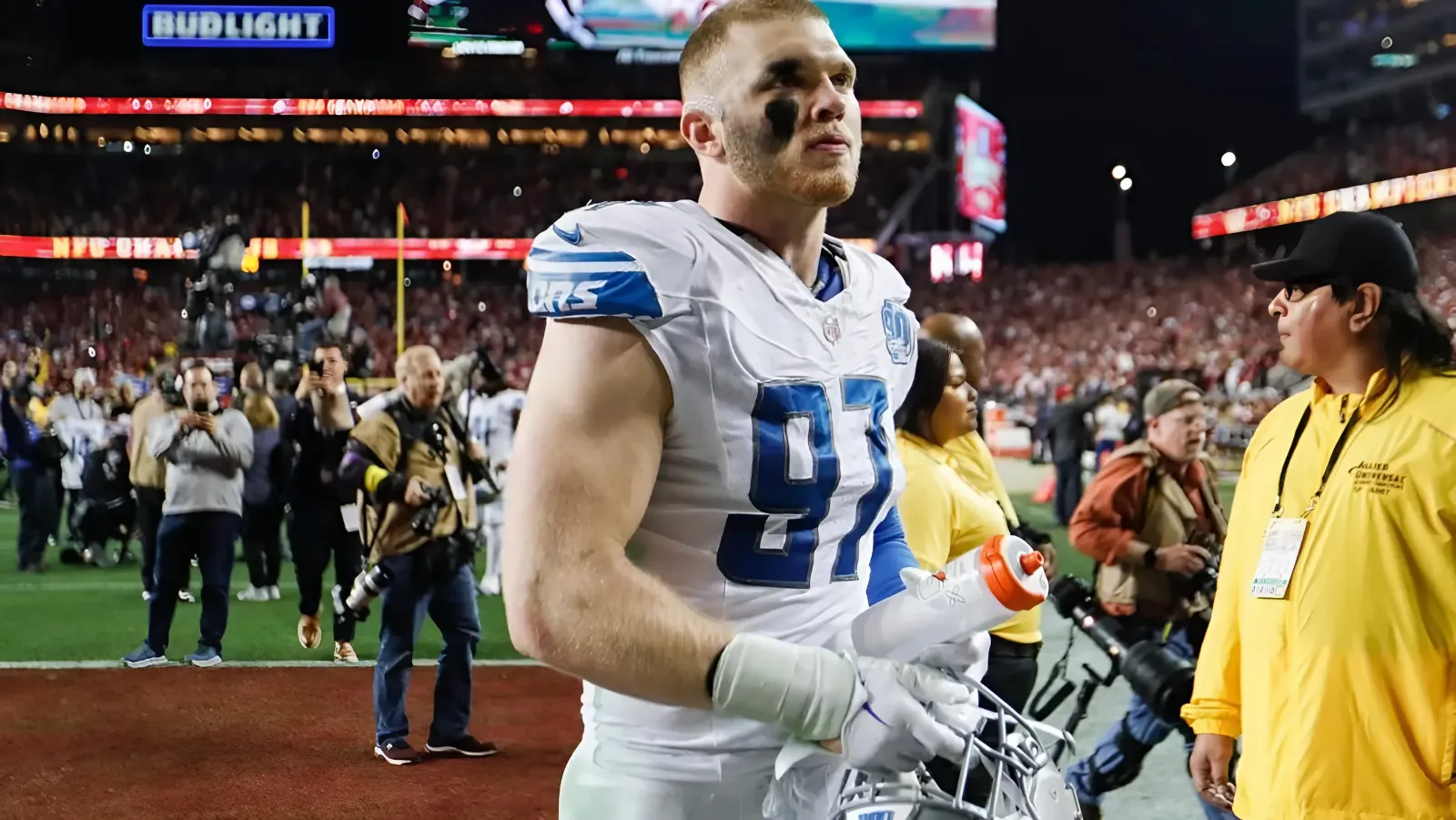It ain’t no fun when the rabbit got the gun, and the San Francisco 49ers are Bugs Bunny while the Seattle Seahawks are Elmer Fudd. This has been a futile six-game stretch of generally non-competitive losses to the 49ers, who’ve shown themselves to be vastly superior to the Seahawks in virtually every way possible.
How dominant has this 6-0 stretch been for our fierce NFC West rivals? Let’s take a look. It’s not like there’s a whole lot of uplifting content the Seahawks have provided us recently.
(All numbers via Stathead)
Turnovers
The Seahawks have turned it over 13 times to just 3 for the 49ers. Geno Smith leads the way with 6, but special teams has personally handed the ball back to the 49ers three times through fumbled kicks or muffed punts. Smith doesn’t have exclusivity on interceptions, either, as Drew Lock had two in his short-notice start and DeeJay Dallas uh...
The Jordyn Brooks pick-6 last Thanksgiving is the only time the Seahawks turned a 49ers giveaway into points. In terms of points off turnovers, the 49ers have outscored the Seahawks 45-7.
Quarterback Play
We’re combining every quarterback snap, which means the odd trick play from DeeJay Dallas and Deebo Samuel.
Seahawks: 150/220, 1,307 yards, 6 touchdowns, 8 interceptions, 4.46 adjusted net yards/attempt
49ers: 108/166 for 1,536 yards, 12 touchdowns, 2 interceptions, 9.75 adjusted net yards/attempt
Geno Smith missed one start, while the combo of Trey Lance and Jimmy Garoppolo had the first start while Brock Purdy had the other five. Statistically speaking, Drew Lock had a better regular season performance in his lone start than any of Geno’s starts, whereas Geno’s ANY/A in the playoff loss was the best of all six losses (7.09 compared to Lock’s 7.06).
The majority of the games have been “Geno vs. Purdy” or, more accurately, Geno vs. 49ers defense and Purdy vs. Seahawks defense. Smith has functionally been unable to solve the 49ers defense, while Purdy has barely been troubled by Seattle’s defense.
Smith’s lackluster performances could’ve been offset by having an elite defense, but he doesn’t have that, which means he can’t afford to be below-average.
Sacks
Geno Smith and Drew Lock have taken a combined 19 sacks for a sack rate of 7.95%, which lowered thanks to just one sack allowed on Thursday. Brock Purdy, Jimmy Garoppolo, and the few snaps of Trey Lance have been sacked 7 times for a rate of 4.05%. For reference, the lowest sack rate in the league last year was Josh Allen at 4%.
One team has gotten repeated pressure and the other one has not.
Early Downs
The Seahawks have averaged 4.9 yards per play on early downs with 14 plays of at least 20 yards, and no plays longer than 33 yards.
The 49ers have averaged 7.2 yards per play on early downs with 15 plays of at least 30 yards, including 7 plays of at least 50 yards.
You don’t have to be great at math to figure out that Seattle’s offense hasn’t produced big plays on early downs (or, really, any down) while the defense has repeatedly been annihilated on early downs.
3rd Downs
Again, heavily tilted in San Francisco’s favor: 46.6% (34 of 73) to 33.8% (24 of 78). Believe it or not, the Seahawks closed the gap on Thursday by going 7 of 16 (44%) while the 49ers were “only” 5 of 12 (42%).
The average distance of Seattle’s 3rd downs throughout this losing streak? 8.1 yards. The average distance for San Francisco? 6.7. One team has been in 3rd and manageable and the other one might as well have forfeited the drive in advance.
Rushing Yards
Folks, is it bad when the other team has a +690 advantage in rushing yards?
Isaac Guerendo’s 76-yard run on Thursday was more rushing yards than the Seahawks have managed in four of their last six meetings with San Francisco. And if you want to talk about offensive line investment regarding the 2024 rosters, the 49ers have a rookie right guard in Dominick Puni who was drafted five spots after Christian Haynes, a fifth-round right tackle in Colton McKivitz, an undrafted free agent center in Jake Brendel, and a second-round left guard in Aaron Banks. Trent Williams is the investment and one of the best trades in recent NFL history.
San Francisco’s offensive line, which isn’t even statistically great this year, is not just them spamming first-round picks. They have a scheme and system that allows damn near any running back to look good and for an already exceptional talent in Christian McCaffrey to be Offensive Player of the Year. Humorously enough, the two worst rush yardage disparities for the Seahawks were in games McCaffrey didn’t play due to injury or literally not being on the team.
Lastly, while this is not a stat and more my opinion, the 49ers have better players. They do. And it’s not just taking advantage of having top-10 picks during lesser seasons, because three of those selections were Mike McGlinchey, Trey Lance, and Solomon Thomas. George Kittle is better than every Seahawks tight end and he’s a fifth-round pick. Fred Warner is arguably the best linebacker in the NFL and he’s a third-round pick (acquired via the ill-fated Chicago Bears trade-up for Mitch Trubisky). When Dre Greenlaw returns from injury, he’s another quality linebacker who was taken six picks after the Seahawks drafted Ben Burr-Kirven. Deebo Samuel is a second-round pick and while he’s injury prone, he’s more versatile than anyone on the Seahawks’ receiver group. Jauan Jennings is one of the best third-down targets and blocking receivers in the NFL and he’s a seventh-rounder. Brock Purdy was apparently picked last, which is a relevant fact.
The 49ers have had some ugly drafts and awful draft decisions and still have a roster that clears the Seahawks by miles. Their best players are pretty much all better than Seattle’s best players relative to their position. We’re not going to see the Seahawks contend with the 49ers until that gap is closed.
The lopsided nature of this series accurately reflects the talent (and, frankly, coaching) gap we’ve seen over the past three years.




